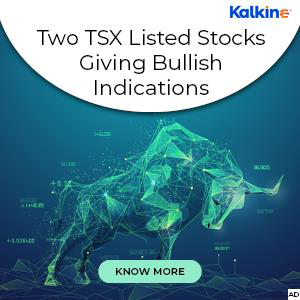Highlights
National Australia Bank Ltd (NAB) operates in the financial sector and is part of the ASX 200 and ASX 50 indices
NAB is widely known for its regular asx dividend stocks
Financial valuation methods such as earnings-based ratios are commonly referenced when observing bank stocks like NAB
National Australia Bank Ltd (ASX:NAB) is part of Australia's financial services landscape and is listed on the ASX 200 and ASX 50. As one of the major banking institutions in the country, NAB operates across personal banking, business banking, and wealth management. Being among the most traded financial shares on the Australian Securities Exchange, NAB a strong presence in the financial sector.
NAB’s operations include services such as deposit-taking, loans, and credit products, along with financial advisory and insurance solutions. Through its broad customer base and integrated service offering, NAB maintains a firm stance in the domestic banking market.
Earnings-Based Ratios in Banking Share Observation
One frequently mentioned valuation approach for banking shares such as NAB is based on earnings. The price-to-earnings ratio (PE ratio) is used to observe the relationship between a company's market price and its earnings over a specific period. This ratio assists in showing how much is being paid for each dollar of profit generated by the bank.
When financial entities such as NAB are compared with other banks, the PE ratio can serve as a simple tool to gauge their position within the sector. For example, if the banking sector maintains a general PE benchmark, shares trading above or below that reference can reflect varied levels of pricing compared to sector standards.
An observation of NAB’s ratio can also be made alongside comparable financial institutions, assisting in identifying whether NAB is priced higher, lower, or similarly to others in the same category. Though this doesn't involve forecasting, it gives a view of how market participants are currently evaluating its earnings base.
Comparative View Within the Financial Sector
Another approach involves benchmarking a company’s earnings against a sector-wide average. By applying a sector-average earnings ratio to NAB’s earnings figure, observers can arrive at a valuation point aligned with the broader market. While this approach remains arithmetic in nature, it stays rooted in present financial performance data without forecasting future trends.
This comparative technique is often used to position companies within their market tier, especially in sectors where regulation, scale, and competition are prominent factors—such as the banking industry. For NAB, aligning its valuation with the sector average provides insight into how it aligns with peers, such as other major Australian banks.
Dividend Presence and NAB’s Market Identity
NAB has a known pattern of providing asx dividend stocks to shareholders, placing it among financial companies frequently associated with regular distributions. Dividends, when offered consistently, contribute to a company’s long-term recognition on the exchange, especially in sectors like banking where shareholder returns are a key focus.
In the context of bank stocks, consistent dividend activity complements the company’s presence across various ASX indices. NAB’s regular inclusion in conversations surrounding dividend yield reflects its role in the broader dividend landscape.
Position Across the Australian Equities Market
NAB's alignment with both the AkSX 200 and ASX 50 confirms its large-scale impact in the Australian equities market. Its classification within major indices signals both high liquidity and substantial market capitalisation. This positioning ensures frequent observation by market participants and keeps NAB relevant across institutional and retail sectors.
Its representation across multiple indices, combined with its financial sector foundation and historical dividend profile, reinforces NAB’s position as a prominent entity on the exchange. The bank's market behaviour remains linked with key financial metrics, sector averages, and index performance, shaping how it is viewed in the broader share landscape.


